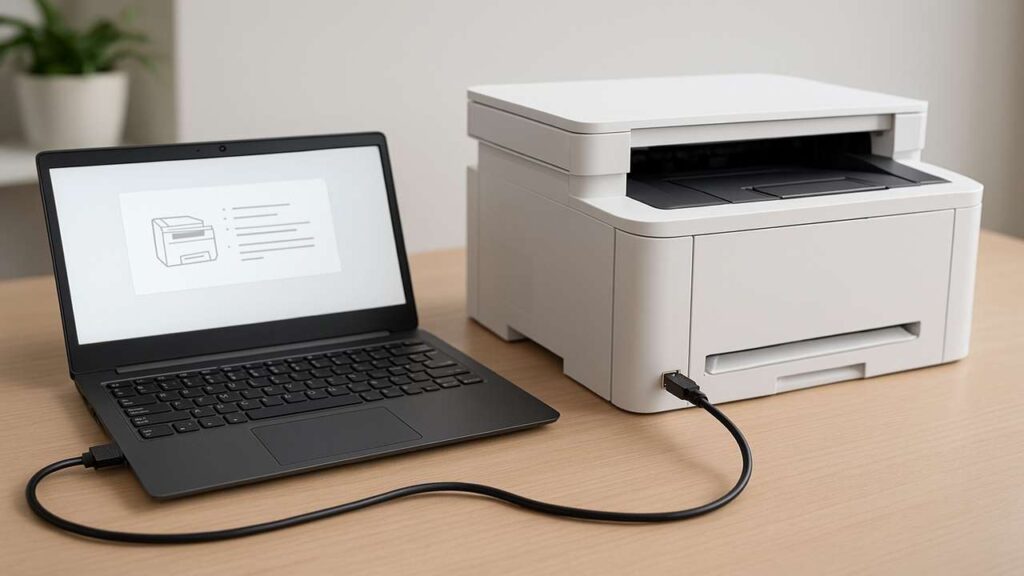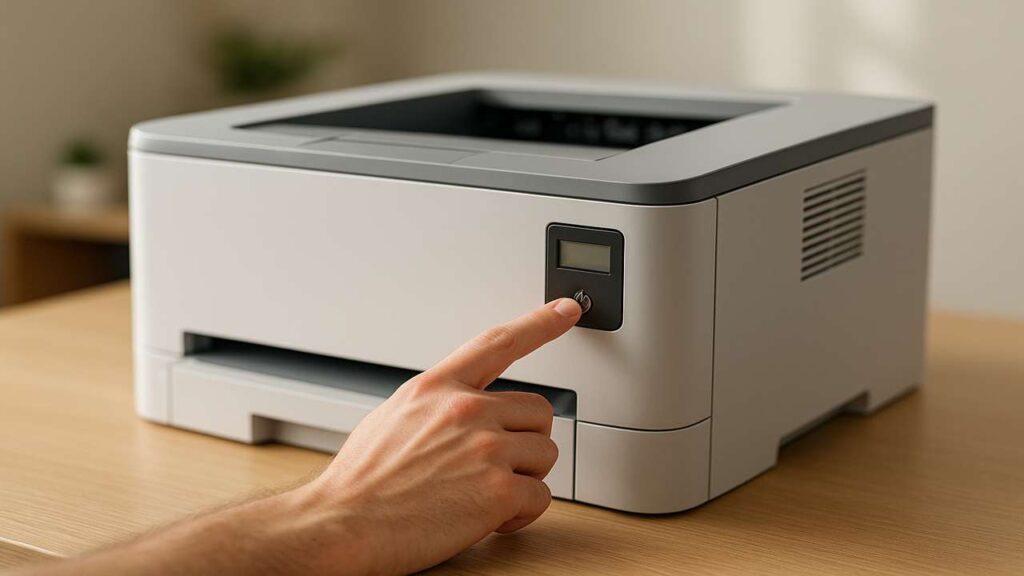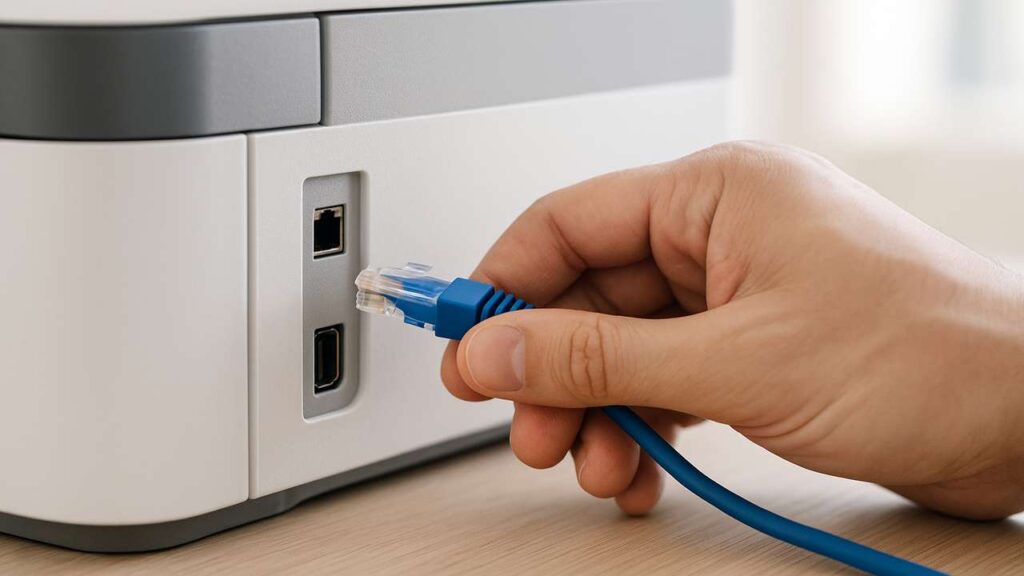
HP 79 Service Error Fix: Step-by-Step (Works in 2025)
If your LaserJet suddenly shows “79 Service Error” or “Turn off then on,” don’t panic. This guide provides a clean, safe, and hp 79 service error fix you can follow in minutes. The error typically stems from a corrupted print job, a flaky accessory, or firmware/driver conflicts. We’ll start with quick wins, then move into deeper fixes, and close with prevention steps you can apply in any office or home setup.
What “79 Service Error” Means
The printer’s controller hit an exception it couldn’t recover from. Common triggers include:
A malformed/oversized job stuck in the queue
Outdated or partially applied firmware
Faulty USB/network communication or driver mismatch
Optional accessories (extra trays, DIMMs, USB add-ons) crashing the boot
Quick Fixes (Fast Wins)
Try these in order; test a one-page print after each step:
Power Cycle (Hard Reset) — Turn the printer off, unplug for 60 seconds, then power back on.
Clear Print Queues — On the sending PC/Mac, cancel all jobs for this printer. Re-add a tiny PDF test job.
Boot Standalone — Disconnect USB/Ethernet and disable Wi-Fi temporarily. If the error disappears while offline, your issue likely returns from a computer or the network path.
Change the Driver/Job Type — Switch to a standard PCL or PostScript driver and re-print a simple PDF. If this works, you’ve isolated a driver/job problem.

Deep Fixes (When It Keeps Coming Back)
1) Safe Firmware Update or Reinstall
Note current firmware from the panel/Web UI (and save your IP/network settings).
Install the latest stable firmware for your exact model/region via Web UI or USB.
Keep the device on a UPS if possible to avoid power loss mid-update.
2) Test Bare-Bones Hardware
Power off. Remove optional trays, third-party USB devices, card readers, and memory/DIMMs (if present).
Boot with only the main tray; re-test printing. If stable, reconnect accessories one by one to find the culprit.
3) Network Hygiene
Give the printer a fresh IP (DHCP reservation or a static IP outside the pool).
Temporarily disable legacy protocols you don’t use.
Re-add the printer on the PC with a clean TCP/IP port and the correct driver.
4) Driver Cleanup on Computers
Delete duplicate queues and old packages.
Reinstall a model-specific PCL6/PS driver. Avoid mixing “universal” and model-specific queues for the same printer.
5) Factory Reset (Last Resort)
Back up essentials (IP, trays, defaults), then reset from the menu.
Reconfigure the basics and test again. Use this only after the steps above.
Prevent the Error in the Future
Control firmware change — update only when release notes fix issues you hit.
Block silent auto-updates at the printer and limit outbound Internet from your router if needed.
Standardize drivers across your machines.
Pre-flight heavy PDFs — export flattened PDFs for large, complex jobs.

FAQs
1) Is the 79 error a hardware failure?
Usually no. It’s typically a software/driver/firmware crash. Hardware is suspect mainly when an accessory is damaged.
2) Will firmware updates erase my settings?
Normally no. Still, note network info and defaults beforehand. A factory reset will clear custom settings.
3) Why does it return when I reconnect to the network?
A corrupt job may be resent from a PC/print server. Purge all queues, then re-add the printer with a clean driver.
4) Can one computer cause all the trouble?
Yes. If the error appears only when a certain device is connected or sends jobs, fix that device’s driver or reinstall it.
5) Do I need to replace toner/drum to fix a 79 error?
No. Consumables don’t cause controller crashes. Focus on jobs, drivers, firmware, and accessories.
Advanced Diagnostics (For Power Users & IT)
Event/Status Pages: Print configuration/status pages from the panel. Note firmware build, network settings, and recent errors.
Web UI Checks: From the printer’s IP, review logs (if available), disable unused services, and confirm memory/storage status.
Service Mode/Cold Reset: On some models, a cold reset clears deeper cached states. Use cautiously after backups.
USB Isolation Test: If you normally print over LAN/Wi-Fi, test a direct USB cable from a known-good laptop with a fresh driver. If USB is stable but LAN fails, you’re looking at a network/path issue rather than the printer core.
Real-World Scenarios (How Pros Triage Fast)
Small Office with Mixed Drivers: If some PCs use a “Smart” vendor driver and others use a classic PCL/PS, standardize to the most stable one and remove duplicates.
Print Server Environments: Clear server queues, restart the spooler service, and redeploy a clean driver package to clients. A single corrupt job on the server can repeatedly crash the device.
MFPs with Scan/Apps: If the device has embedded apps or cloud connectors, disable them temporarily. An app that initializes on boot can trigger the error before you even send a job.
After Accessory Upgrades: New trays/memory installed? Roll back to stock hardware and reseat connections. Poor seating or a marginal DIMM often mimics controller faults.
Model Cheat-Sheet (Generalized)
Entry LaserJet (e.g., M2xx series): Prioritize driver cleanup and tiny-PDF testing; these models are sensitive to malformed jobs.
Workgroup Models: Focus on firmware alignment, print-server hygiene, and protocol cleanup.
Older Legacy Units: Keep drivers conservative (PCL), and avoid new “universal” packages that add features the device doesn’t support.
Final Checklist
Hard reset done; queues cleared on all PCs/servers
Tested standalone (no USB/LAN/Wi-Fi) with a tiny PDF
Stable with a clean PCL/PS driver
Firmware updated/reinstalled safely
Accessories reseated/isolated
Network/driver stack rebuilt cleanly
Ready to re-enable features one by one
Conclusion
A persistent “79 Service Error” is frustrating, but it’s methodical to fix. Start simple (reset, clear queues, change driver), then stabilize firmware and hardware. Standardize your environment, control updates, and keep one known-good test file handy. With these steps, most printers return to normal printing quickly—and stay stable.

